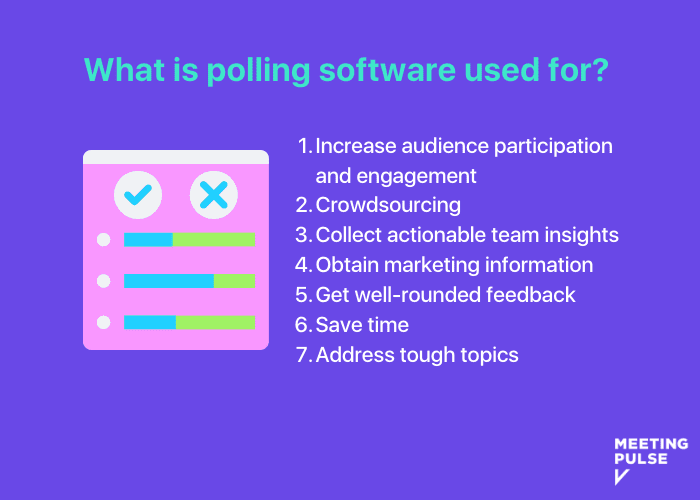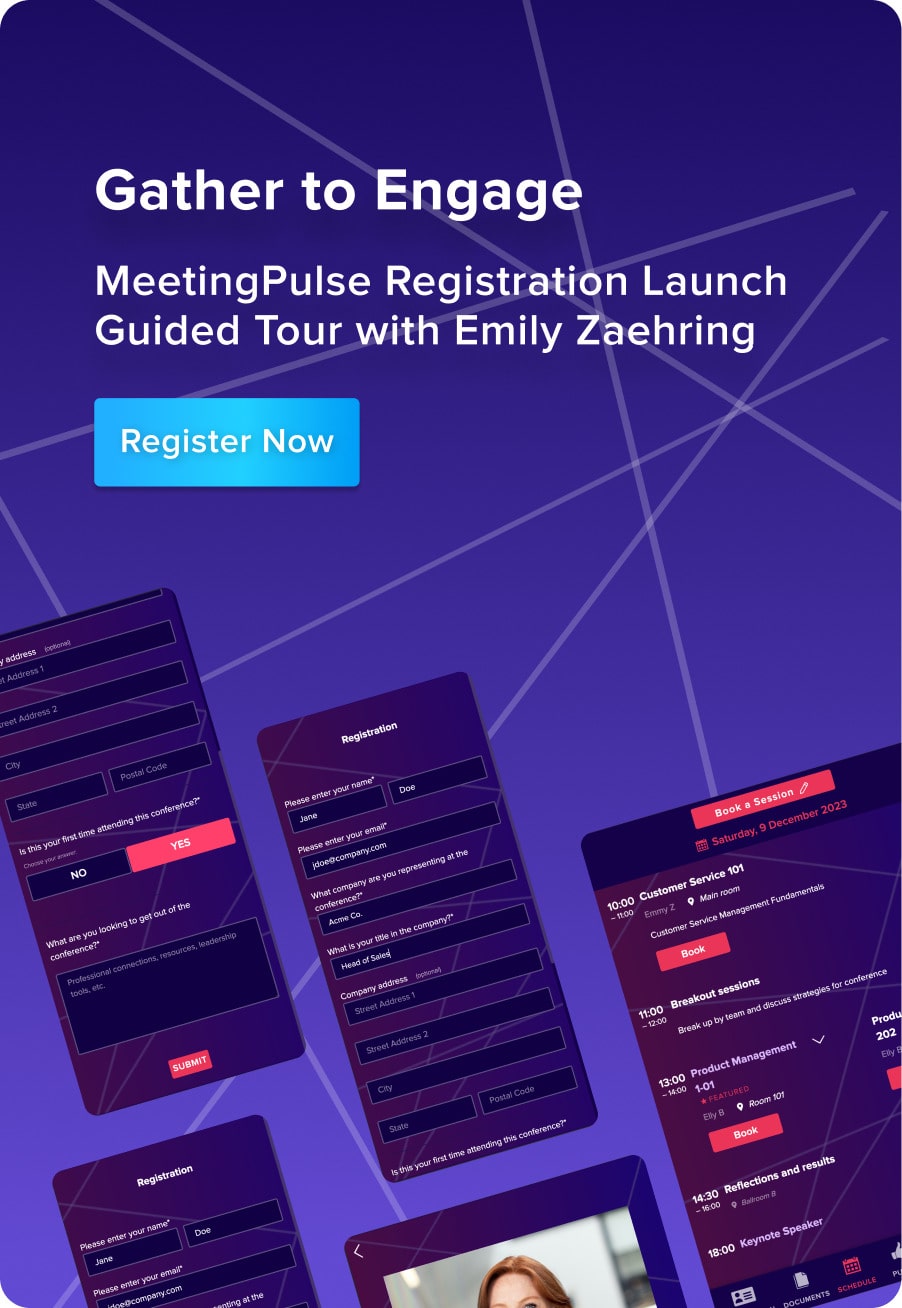After hosting a meeting or event, it’s likely that you’ll be curious about what your attendees thought about the experience. While you could reach out to them one by one, that would take a great deal of time and effort. With polling software, you can gather feedback immediately from all of your meeting participants in one fell swoop. The software also helps you organize and analyze that feedback efficiently.
The market for online survey software is a billion dollar industry, and has steadily grown 5% a year since 2017. This growth in the use of professional survey software stems from its value. An online survey can be used to collect feedback from an audience — whether they are teammates or customers — that gives event organizers and other interested parties a window into what participants think and why.
The data can empower companies in many ways. Polling is a vital step in building better connections with customers and among employees. It makes sharing ideas a smooth, straightforward process. The feedback is of mutual benefit to a company and its stakeholders.
What is polling software used for?
We briefly touched on the importance of using survey software during events and meetings to gather employee feedback, but polling can be used in countless settings to get quick answers on things like customer experience. Live polls can be used during live events or meetings as a way to boost audience engagement. Online surveys can even be adapted for market research to get powerful customer data that drives growth. Let’s take a look at seven valuable uses.
1. Increase audience participation and engagement
Interactive presentations are more likely to engage your audience than merely talking to them. An online survey tool can encourage participation, and one such tool is real-time polling.
With MeetingPulse, you can use live polls to create custom surveys and ask your audience about their experience thus far, whether they’re enjoying an event, and whether they are understanding your presentation. Or, you can allow your audience members to ask the questions or share ideas. That enables users to influence the outcome of the event or meeting and shows them that you respect their contributions.
2. Crowdsourcing
If the purpose of your gathering is to brainstorm together, you can use quick web-based polls to get the process started with some questions about what direction the group would like to go in. Word clouds are useful, too, because they let audience members submit ideas and vote everyone’s submissions from mobile devices. Then you can create a live visual map of what your audience is thinking and generate more ideas.
3. Collect actionable team insights
Whether you’re interested in using survey software as an audience engagement platform or a tool to capture event feedback or customer satisfaction, the end result will be the same — the collection of better data on your audience’s experience.
MeetingPulse even provides reports that will sum up and display collected data in an easily understandable format so that you use those insights in your decision making.
4. Obtain marketing information
As a customer engagement tool, surveys can be used to capture feedback on what your customer thinks about your business, its services and its products. Polls can be used to discover things like pain points in the purchase process or with specific products, buyer motivations, and feelings about an organization’s brands or overall offerings. If there is anything you want to learn from your customer base, a thoughtfully created poll is a good way to get that information.
5. Get well-rounded feedback
It’s not uncommon for the same few people to speak the most during a meeting or an event. Not everyone is comfortable raising their hand and sharing their ideas freely, and that’s OK. Polls can ensure that every voice in the room is heard, even if they choose to speak anonymously. In fact, allowing participants to remain anonymous when submitting ideas or answering questions is another way to increase engagement. It could increase your chances of getting a more diverse and inclusive data set that represents more individual voices. That broader set of data can make it easier to find patterns and predict trends and behaviors.
6. Save time
Sure, going around the room and letting everyone have their turn at the microphone is helpful in some scenarios, but if you’re pinched for time and need to stay on a schedule to respect your attendees’ time, polling your audience will help you stick to the schedule.
7. Address tough topics
Sometimes, sensitive topics come up that participants might not be comfortable speaking out loud about. You can, instead, use private polls to allow your audience to weigh in.

What features should I look for?
When looking for the right professional online survey software, it’s a good idea to find a service that will allow you to maximize participation, boost knowledge retention, and engage your audiences.
MeetingPulse offers polling and dynamic survey creation, and also has features to host Q&As, get live sentiment analysis, share presentation or event materials, make announcements, share agendas and schedules, run raffles, and allow for the use of video and chat functions. And don’t forget the reports that MeetingPulse automatically generates for you. Our modules also easily integrate with platforms like Powerpoint, Webex, Microsoft Teams, Zoom, Vimeo and YouTube. Other features to consider include:
- Whether the software can be used without downloading an app on any device.
- The variety of polling types and how they will suit your needs.
- The ability to preserve the psychological safety of participants with options to allow anonymous participation.
- Dynamic survey capabilities and options for segmenting your audience and adding optional and conditional questions.
- The ability to reward and incentivize participation.
- Reporting flexibility and capability.
- Compatibility with other software platforms.
- Language capabilities for global use.
Where can I find polling software?
Many companies offer audience polling software, including some of the bigger names like SurveyMonkey, QuestionPro, and SurveyLegend. Each allows for a wide range of uses from marketing and general polling, down to polling specialties you can tailor to meet your specific needs.
With MeetingPulse, you can poll any audience with customizable, mobile-first software to build better connections and engage any group.






